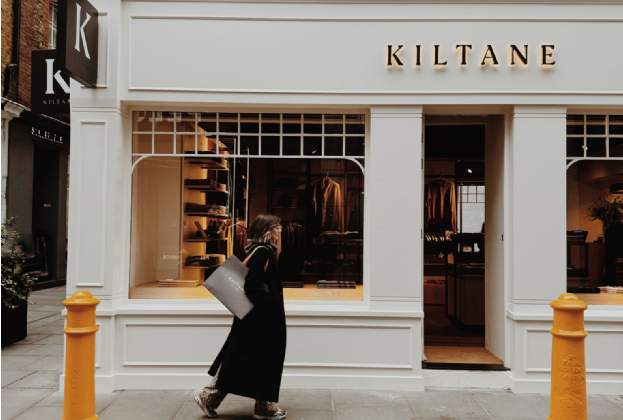Barely a day goes by without an update on the latest retail insolvency making the newspaper business pages. The concept of a CVA has gone from a relatively unknown legal process to a term we now find ourselves using on a daily basis.
However, while CVAs, administrations and liquidations are all concepts we’re unfortunately now familiar with, what do each of them mean in their own right and when do retailers find themselves using each individual process?
A Company Voluntary Arrangement (CVA) is a legally binding agreement with a company’s creditors to allow a proportion of its debts to be paid back over time. 75 per cent of the creditors, by value, need to support the proposal in order for it to be passed, and, once approved, all unsecured creditors are bound by the arrangement.
The company can carry on trading as normal and the directors remain in control, although the CVA is monitored by an external supervisor who has to be a licensed insolvency practitioner (IP).
On the whole, a CVA is generally used by a struggling retailer to reduce costs and has therefore become more commonplace in recent years as the number of retailers in financial distress has increased.
As with a CVA, an administration is also often a voluntary process initiated when a company is experiencing financial or operational difficulties. However, administration effectively means an IP assumes management of the business in the short term going forward. An administration can also be imposed by shareholders of a business if they feel their capital may be at risk.
Administration is not a long-term solution in itself, instead it provides a company with breathing space during which time it is given protection from creditors who may be threatening to begin legal action to recover outstanding debts.
During the time the company is in administration, the IP is required to act in the best interest of the insolvent company’s creditors and will need to consider whether the company has the potential to trade successfully in the future (often following a period of restructuring, investment or after a sale), or whether its problems are unfortunately insurmountable and therefore it needs to be liquidated.
Liquidation is unfortunately the final straw for a significantly challenged retailer and is ultimately the process of bringing a business to an end and distributing its assets to claimants.
It is an event that usually occurs when a company is insolvent, meaning it cannot pay its obligations when they are due, and often follows the culmination of many months of financial distress when the possibility of a successful turnaround has been extinguished.
At Savills we have undertaken a full insolvency impact analysis, reviewing the effects of CVAs, administrations and liquidations across the industry. As the impact of Covid-19 inevitably takes its toll, our research shows that so far this year 5,318 units have been through an insolvency procedure, spread across 138 brand fascias and 85 holding companies and we’re continuing to monitor this as the repercussions of the pandemic progress.
Further information

.jpg)







.jpg)
